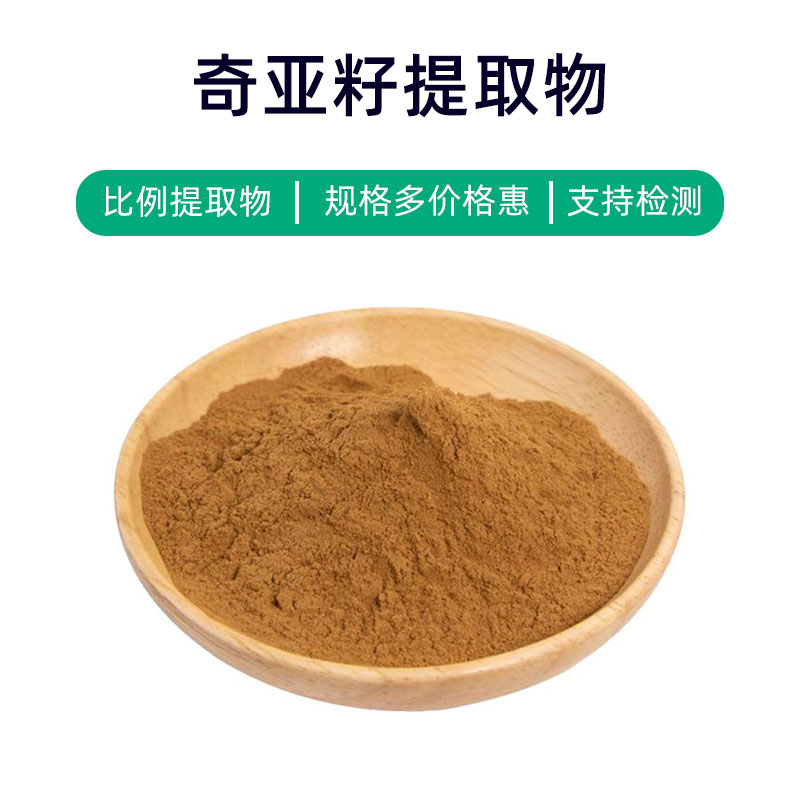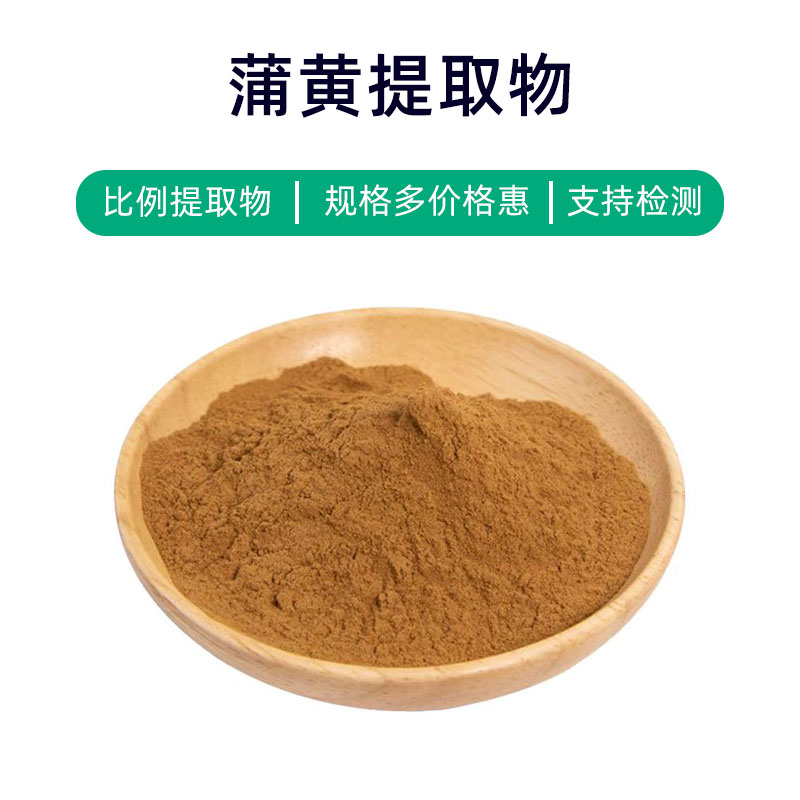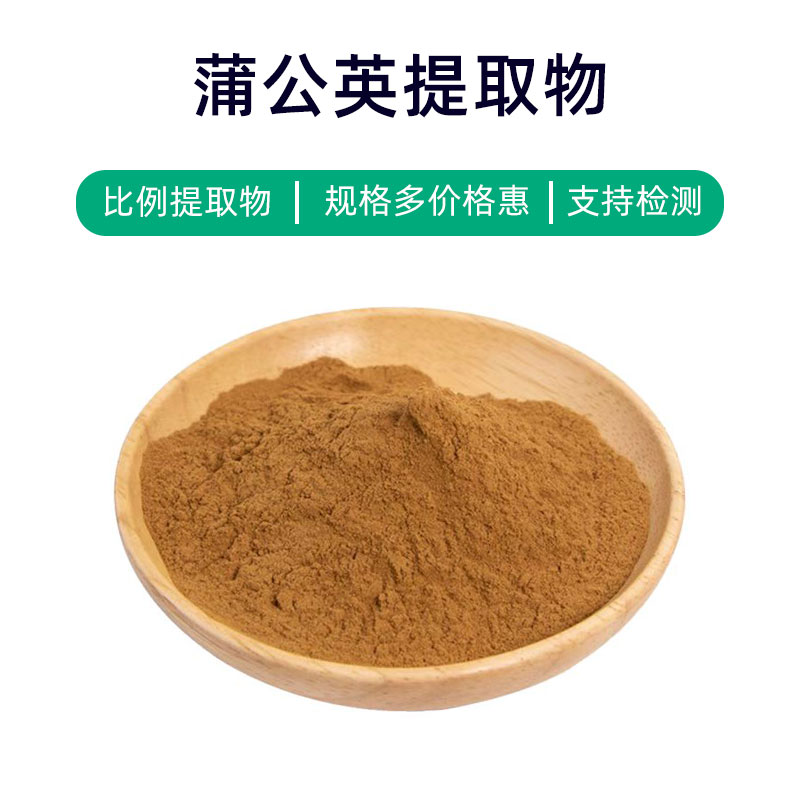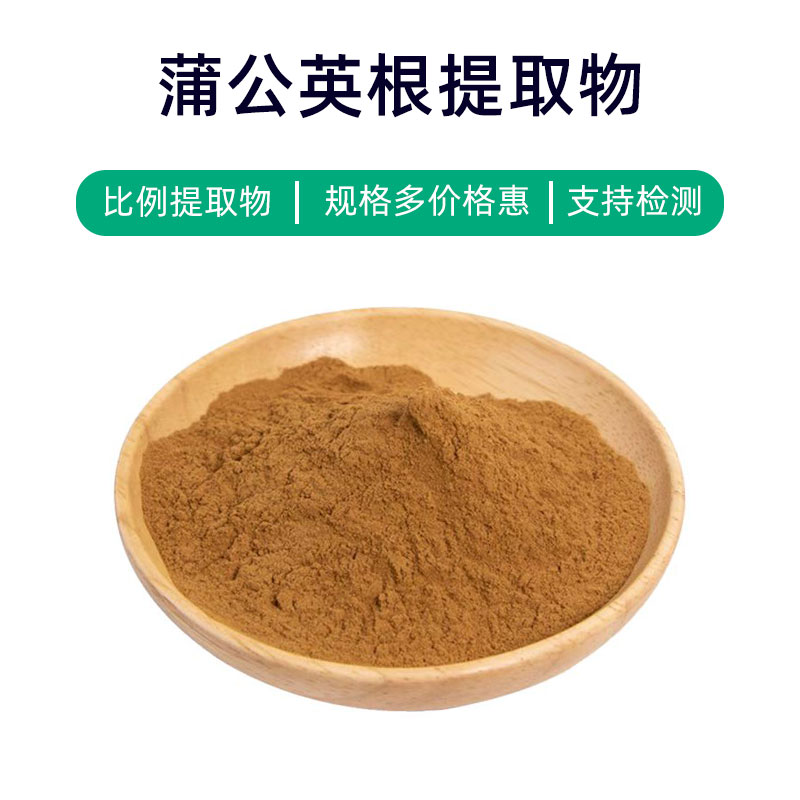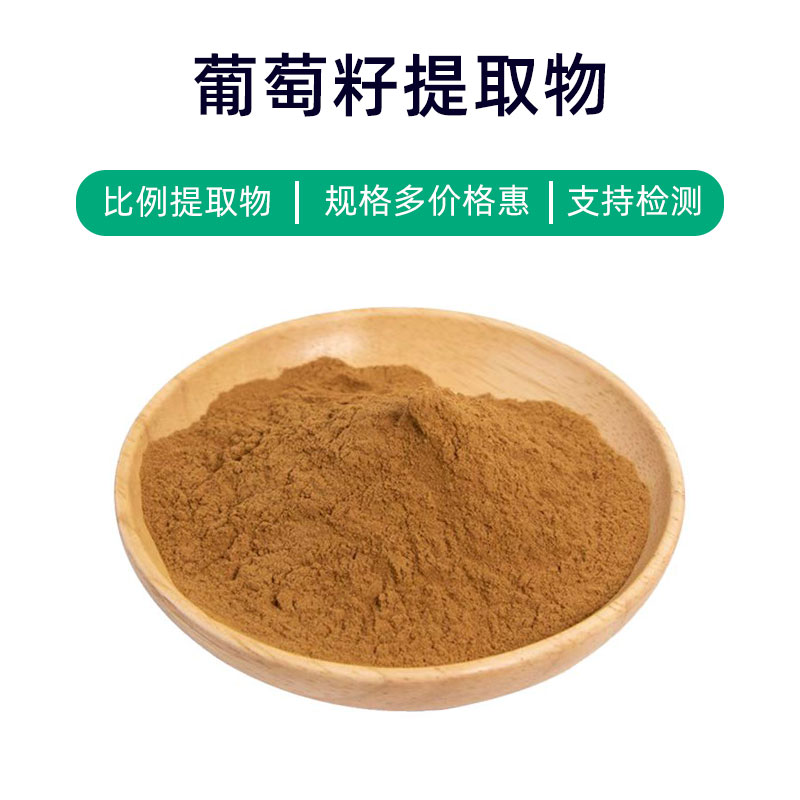Daisy Extract Product Introduction
Daisy extract is a natural plant extract derived from the whole plant or flowers of the Daisy (Bellis perennis). Its main ingredients include various active components such as flavonoids, polysaccharides, and sterols. Daisy extract is widely favored in skincare products, cosmetics, and pharmaceuticals due to its numerous benefits.
Firstly, Daisy extract exhibits excellent antioxidant properties, capable of neutralizing free radicals, protecting the skin from environmental pollutants and UV radiation, and slowing the aging process. Secondly, it has anti-inflammatory and soothing effects, helping to relieve skin inflammation, redness, and allergic reactions, restoring skin to a healthy state. Additionally, Daisy extract has been shown to have whitening and spot-reducing effects, helping to diminish skin issues like pigmentation and freckles, resulting in a more even and radiant complexion.
In skincare products, Daisy extract is commonly used in creams, lotions, serums, and masks to provide comprehensive protection and repair for the skin. In cosmetics, it is often found in beauty serums and sunscreens, helping to improve skin tone and enhance transparency and luster. In pharmaceuticals, Daisy extract is also frequently found in topical medications used to treat skin inflammation and allergic skin conditions.
Overall, as a natural plant extract, Daisy extract has a wide range of applications in skincare, beauty, and pharmaceuticals. Its multiple benefits provide comprehensive care and protection for the skin, making it an indispensable ingredient in many skincare and cosmetic products.
Daisy Extract Production Process
The production process of Daisy extract typically includes the following main steps:
- Raw Material Preparation: Select high-quality Daisy whole plants or flowers as raw materials, ensuring their quality meets production requirements. The raw materials should be initially cleaned and screened to remove impurities and undesirable parts.
- Extraction Process: Use appropriate extraction methods, such as water extraction, ethanol extraction, or supercritical CO2 extraction, to extract the active components from the Daisy. Different extraction methods can affect extraction efficiency and component stability, necessitating the selection of a suitable extraction process based on product requirements.
- Concentration and Filtration: Concentrate the extracted liquid to remove excess solvent, resulting in a concentrated solution. Then, filter to remove residues and impurities, ensuring the purity and quality of the extract.
- Refinement and Purification: Further refine and purify the concentrated solution using methods like reduced-pressure concentration, crystallization, or solvent extraction to improve the product's purity and active component content.
- Drying and Milling: Dry the purified extract to remove moisture, turning it into a dry powdered substance. Then, mill and screen to control the particle size and granule size of the product.
- Packaging and Storage: Pack the extract into suitable containers, sealing them to prevent moisture and light exposure. Store in a cool, dry place, avoiding high temperatures and direct sunlight to maintain stability and the efficacy of active components.
The above outlines a general production process for Daisy extract; specific manufacturing processes may vary between producers, equipment, and conditions.
Daisy Extract Effects and Side Effects
Daisy extract is a common herbal extract with multiple effects and functions, mainly including:
- Anti-inflammatory Effects: Daisy extract is rich in active components like flavonoids and polysaccharides, exhibiting significant anti-inflammatory effects, which can be used to treat various inflammatory diseases such as skin inflammation and intestinal inflammation.
- Antioxidant Effects: The flavonoids in Daisy extract have antioxidant properties, helping to scavenge free radicals, reduce oxidative damage, and delay the aging process, protecting cells from oxidative stress.
- Immune Modulation: The polysaccharides in Daisy extract play a role in regulating the immune system, enhancing immune function, and improving resistance, thereby preventing infectious diseases.
- Antimicrobial Effects: Daisy extract inhibits various bacteria, fungi, and viruses, making it useful for treating skin diseases and respiratory infections caused by bacterial or fungal infections.
- Liver Protection: The active components in Daisy extract have protective effects on the liver, helping to reduce liver damage and promote liver cell regeneration, contributing to better liver function.
- Anti-allergic Effects: Certain components in Daisy extract provide anti-allergic properties, helping to alleviate allergic reactions and symptoms associated with conditions like allergic rhinitis and skin allergies.
Despite the various benefits of Daisy extract, one should still be cautious of potential side effects like individual allergic reactions and digestive issues. It's advisable to consult with a doctor or pharmacist before use and follow their guidance for safe and effective usage.
Applications and Dosage of Daisy Extract
Daisy extract has widespread applications in medicine, food, and cosmetics. Below are its application scenarios and recommended dosages in various fields:
- In the Medical Field:
- Topical Medications: Daisy extract is often used in the preparation of topical ointments and washes for treating skin inflammation, eczema, and hemorrhoids. Dosage: Apply to the affected area 2-3 times a day, adjusting the frequency based on the condition.
- Oral Medications: Daisy extract can be made into oral formulations for immune modulation and antibacterial anti-inflammatory purposes. Dosage: Generally, take 5-10 grams per dose, divided into 2-3 doses, adjusting the dosage as per medical advice.
- In the Food Sector:
- Health Supplements: Daisy extract is often used in health food formulations, offering immune regulation and resistance enhancement benefits. Dosage: Follow the product's instructions, typically 1-2 times a day, with individual dose based on the formulation.
- Food Additive: Daisy extract can also serve as a food additive, enhancing the nutritional and health functions of food. Dosage: Add according to production standards, typically controlled within food safety guidelines.
- In the Cosmetics Field:
- Skincare Products: Daisy extract is commonly found in skincare formulations, providing antioxidant, anti-inflammatory, and moisturizing effects, suitable for balancing skin and addressing issues. Dosage: Follow the product instructions, typically applied to cleansed skin twice a day.
- Hair Care Products: Daisy extract is also often included in shampoos and conditioners, providing cleansing effects for the scalp and nourishing hair, helping to improve dryness and frizz. Dosage: Use according to product guidelines, usually applied at each wash, massaged in, then rinsed thoroughly.
When using Daisy extract, consider the following points:
- Carefully read product instructions before use and follow the guidelines.
- Individuals with allergies should use it cautiously and consult a doctor if needed.
- Pregnant or nursing women and children should seek medical advice before use.
- Avoid contact with eyes and mucous membranes; if contact occurs, rinse immediately with water.
In summary, Daisy extract has extensive applications across medicine, food, and cosmetics, with flexible dosage options. It can be selected and used based on specific needs and product instructions.
Daisy Extract Source Plant Introduction, Distribution, and Growth Environment
Daisy (scientific name: Bidens pilosa), also known as Japanese hop or toothache plant, is a common herbaceous plant belonging to the Asteraceae family. Here is an introduction to the source plant of Daisy extract, its distribution, and growth environment:
- Plant Introduction:
- The Daisy is a perennial herb that typically grows between 30 cm to 2 meters tall, characterized by upright stems and alternate, feathery leaves which are often oval or elongated with serrated edges. Its flowers consist of yellow ray florets and reddish-brown tubular florets, forming a composite flower head.
- Distribution:
- Daisy is widely distributed across temperate and tropical regions around the world, primarily growing in lowland areas below 2000 meters in elevation. In China, it is mainly found in East China, South China, and Southwest regions, particularly in moist valleys, riverbanks, fields, and along roadsides.
- Growth Environment:
- Daisy has strong adaptability to various environments, thriving in well-lit and moist conditions. It is not picky about soil and can grow in fertile sandy soil, clay, and limestone soil. It has a broad temperature tolerance range, with optimal growth temperatures between 15°C to 30°C.
- Growth Habits:
- Daisy exhibits strong competitiveness and adaptability, growing quickly and often forming dense clumps. Its seeds can disperse widely via wind, water, and animals, contributing to its broad occurrence in natural settings.
- Economic Value:
- Aside from being a common herb, Daisy also possesses medicinal values, with its leaves, roots, and seeds being used for various purposes. Additionally, it is regarded as a wild edible plant, rich in vitamins and minerals, providing nutritional benefits.
In summary, Daisy is a common perennial herb widely distributed in temperate and tropical regions, enjoying abundant sunlight and moisture. With good adaptability to soil and temperature, it holds significant economic value in both medicinal and dietary contexts, making it an important plant resource.
Daisy Extract Processing and Storage
The processing of Daisy extract mainly involves the following steps: first, collect fresh Daisy plants and perform initial washing and treatment to remove impurities. Next, grind or crush the Daisy to increase extraction efficiency. Subsequently, use appropriate extraction methods like water extraction, ethanol extraction, or supercritical fluid extraction to obtain essential components. Finally, through filtration, concentration, and drying processes, the final Daisy extract is produced.
For storage, Daisy extract should be kept in a cool, dry, and ventilated area, avoiding direct sunlight and humid conditions to prevent moisture absorption. Additionally, the extract should be placed in sealed containers, minimizing air exposure to extend its shelf life. When stored under suitable conditions, Daisy extract typically retains stable properties and efficacy for an extended period.
Monica Sun is a seasoned expert in the plant extraction industry with over a decade of experience in research and production. She specializes in the extraction and purification of plant active ingredients, focusing on driving innovation in natural product applications. Monica has participated in the development of multiple functional plant extracts, delivering high-value natural raw material solutions for the health food, pharmaceutical, and dietary supplement sectors.









